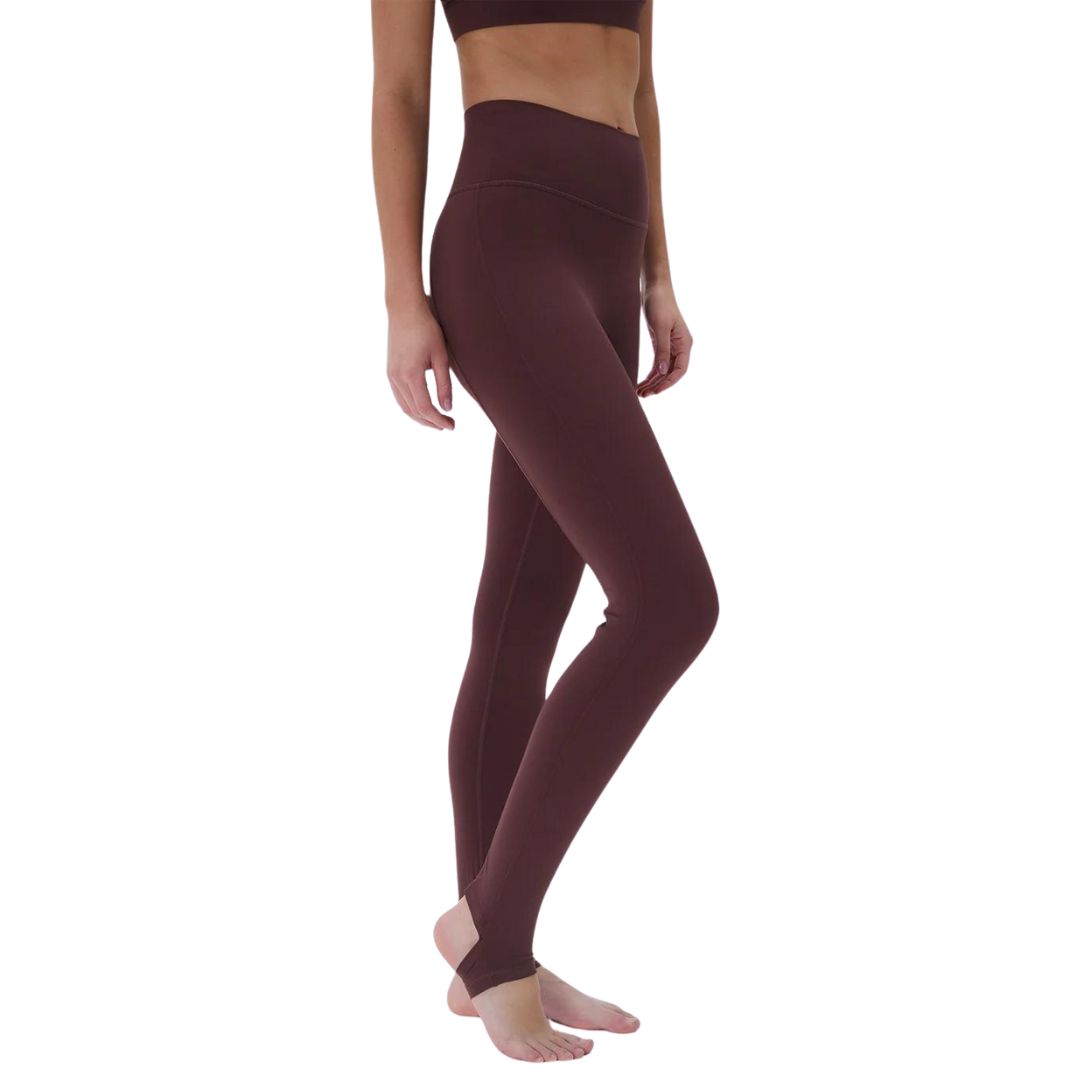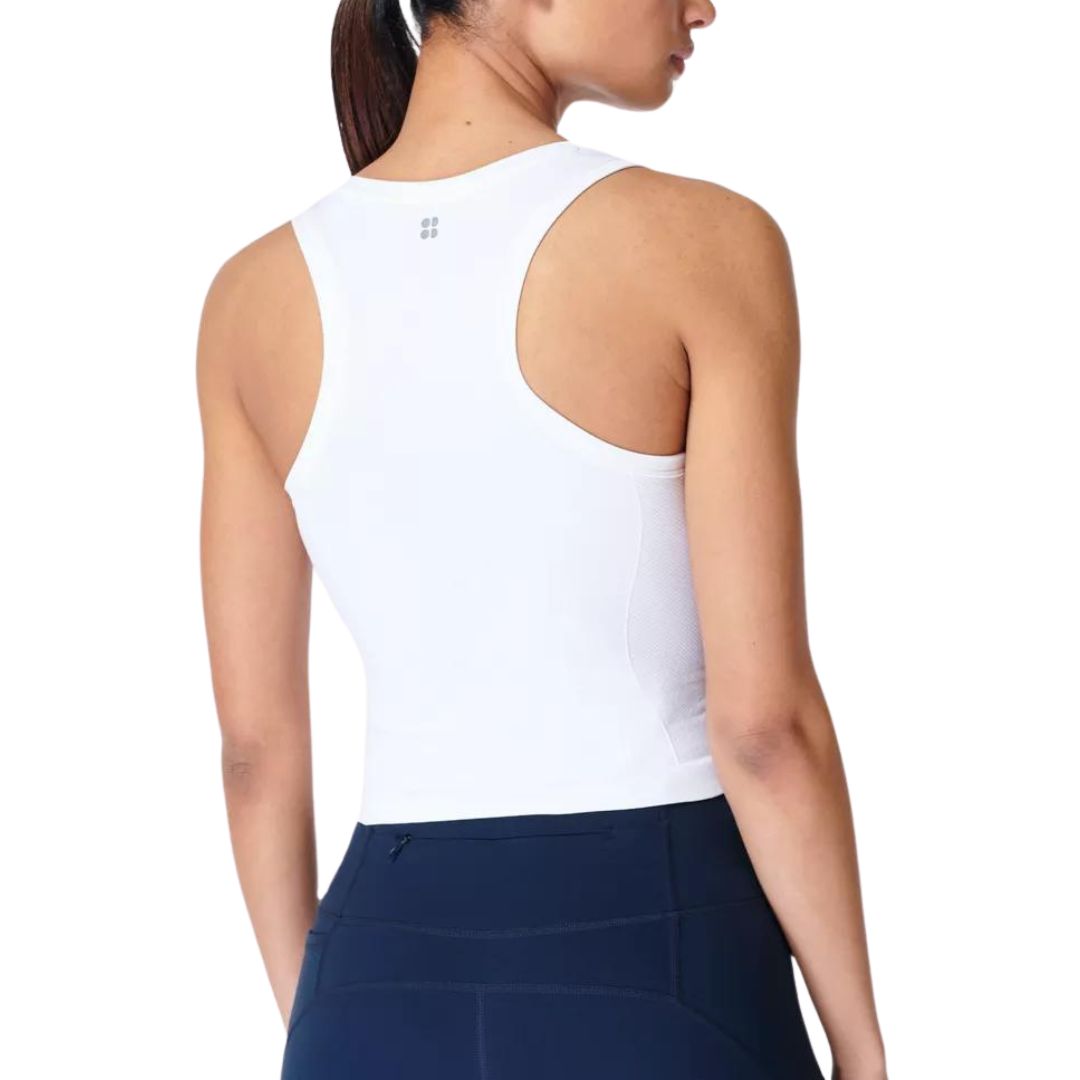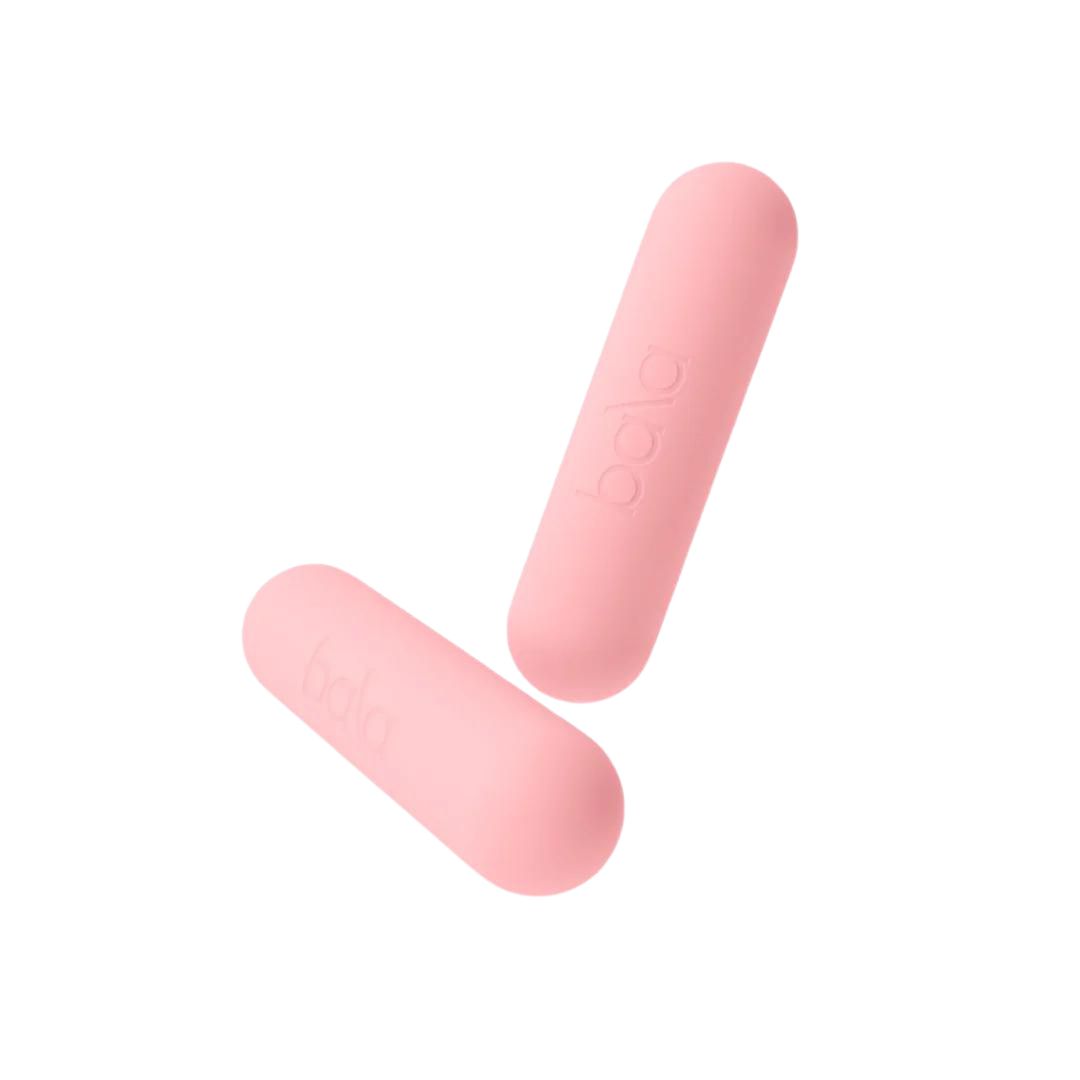A strong core doesn't just mean a toned stomach or visible abs - 10 benefits that'll boost all areas of your life
A strong core is the body's powerhouse.


Keen to read up on the benefits of a strong core? You’ve come to the right place. Here at Marie Claire UK, we’re all about providing you with accessible and informative ways to move your body in a way that suits you – so, with that in mind, we’re taking a look at all the myriad non-aesthetic benefits of a strong core.
Building or maintaining a strong and stable core really is the key to moving freely, easily and without injury – so whatever your fitness goals, it’s worth investing some time in improving it. And the science proves it: studies (such as this one, published in the Journal of Sports Sciences) show that a strong midsection improves overall balance and stability, while it’s well established that a powerful core will improve athletic performance, enhance posture and reduce your risk of injury, among other benefits.
Furthermore, a strong core doesn’t just come into play during a workout – it’s vital for pre-and post-workout wellbeing, as well as everyday functional fitness.
A firm celebrity favourite, you don’t have to scroll too far on social media to see the likes of Jennifer Lopez, Hailey Bieber and Victoria Beckham working their abs. Interested? Keep scrolling to find out the top benefits of a strong core. And while you’re here, you might want to take a look at the ten best core activations to really fire up your abs, our guide to the best standing core exercises, and find out how I got on when I attempted to plank for one minute everyday for a week.
Benefits of a strong core: your guide
What is core strength?
First things first – what do we mean by core strength? Many people still (understandably) equate core strength with toned and visible abs – your ‘six-pack’. But core strength is about so much more than this.
“The terms "core" and "abs" are often used interchangeably, but there is a distinct difference,” personal trainer Mandy Wong Outram previously told Marie Claire UK. “The core comprises all the muscles in the body's trunk, including your abdominal muscles (transverse abdominis, internal obliques, external obliques and rectus abdominis) as well as your multifidus, erector spinae, diaphragm, and pelvic floor muscles. On the other hand, the abs specifically refer to four muscles located between the ribs and pelvis on the front of the body: transverse abdominis, internal obliques, external obliques, and rectus abdominis.”
Essentially, our core includes all the muscles that wrap around and support the spine, with our visible (or not so visible) abs comprising a small part of this. Arguably, the deep core muscles are more important when it comes to functional strength – and it’s entirely possible to have a defined six-pack but have a fairly weak core overall.
Celebrity news, beauty, fashion advice, and fascinating features, delivered straight to your inbox!
Fortunately, there are a plethora of ways to train for a strong and stable core, with barely a crunch in sight.
But why should we bother? Read on to find out.
1. It improves our posture
Let’s face it, we could probably all do with improving our posture. Spending large swathes of our days hunched over screens does no-one any favours – but strengthening our core muscles can help.
“Research indicates that consistent core training can lead to noticeable improvements in posture,” agrees personal trainer Michael Baah. “Whether it's through Pilates sessions or targeted exercises, strengthening your core can help you stand taller and with greater stability.”
Better posture also means fewer aches and pains, so it’s win, win.
2. It enhances athletic performance
In great news for pretty much everyone – having a strong midsection can actually improve your athletic performance, whether that’s lifting heavy in the gym or pivoting better on the tennis court. Studies (such as this one, published in the Journal of Behavioural Science) show that core training has a measurable effect on performance.
“A strong core isn't just about aesthetics; it's the cornerstone of a healthy, functional body,” says Baah. “By prioritising core training, you'll not only build muscle and improve posture but also enhance overall performance and resilience, supporting muscle gains over the entire body.”
3. It helps prevent injury
Any uptick in physical activity (whether it’s a long day gardening or running a marathon – and everything in between) carries with it an additional risk of injury, sprains and strains.
Good news, though: a strong core helps to prevent injury, by supporting proper form while moving.
“Having a strong core absolutely reduces the risk of injury during physical activity,” advises Wong Outram. “Strengthening the abdominal muscles improves the body’s overall stability, so when we’re bending, rotating or twisting while working out we’re less likely to injure ourselves if we have a stable centre of gravity.”
4. It supports our organs
As we saw earlier, the pelvic floor muscles are anatomically considered to be part of our core. And with good reason – when you properly engage your pelvic floor before performing a core move, you’ll really feel the activation. While we associate the pelvic floor muscles with preventing (or causing!) bladder leaks, in fact, they help to support crucial internal organs – so it’s not difficult to understand why they’re so important.
“The pelvic floor is made up of layers of muscle that stretch between the tailbone (coccyx), pubic bone and both sit bones,” explains Pilates expert and founder of The Bump Plan, Hollie Grant. “I like to imagine four corners of a tissue or a hammock resting between those four points. These muscles span the base of the pelvis and support your internal organs, namely your bladder, bowel and uterus.”
We're sure you don't need us to spell out what can happen when these aren't as strong as they should be.
5. It boosts agility for everyday life
Core strength is the ultimate in functional fitness – namely, being able to perform everyday activities and movements easily and safely.
“The core is vital for daily life and functional movement,” explains trainer and head coach at Wild Strong, Andrew Telfer. “Our cores do a lot more than just showcase aesthetically pleasing muscles. We need our cores to help generate, transfer, and absorb kinetic energy. Think jumping, landing, running, swinging, throwing, crawling - basically any practical movement that allows you to interact with the world around you.”
6. It improves longevity
You may not immediately associate strong abs with living longer, but overall strength is a crucial component of a long and healthy life. Being able to live independently is an important factor here – and a strong core means less risk of falls, fractures and other problems we can experience as we age.
Osteopath and author of Stronger: How to build strength: The Secret to a Longer, Healthier Life in 10 Steps David Vaux refers to strength training as a kind of physical pension pot – consider core strength a vital investment.
7. It promotes flexibility
A strong core is essential for proper stabilisation of the spine, shoulders and back muscles, enabling you to move to your full range of motion more easily, whether that’s reaching up to a top shelf in the supermarket, bending down to pick up a toddler, or easing into child’s pose in your workout.
Flexibility is very much a cornerstone of a well-balanced fitness regime, but if traditional flexibility-boosting moves (like yoga) aren’t your bag, try working out your core and see if you notice the difference.
8. It improves balance
It might not be something you give much thought to, but our ability to balance underpins pretty much everything we do in our daily lives. And studies (such as this one, published in the British Journal of Sports Medicine) show that balance is a surprising indicator of overall health, with people who can’t balance for 10 seconds on one leg at double the risk of all-cause mortality, a higher risk of developing cardiovascular disease and Type 2 diabetes.
The solution? Yep, you guessed it – a stronger core. “Your core is a main stabiliser in the body,” explains personal trainer Kirsten Whitehouse. “A strong core enables you to move in a more controlled manner (helping everything from single leg exercises to walking) and are more likely to keep your balance rather than fall and potentially cause an injury.”
9. It makes running easier
Want to smash your 5k PB? Then make sure you do some deadbugs. “Do not underestimate how much core strength helps your running prowess!” advises Whitehouse. “Your core is responsible for pretty much everything you do - a stronger core not only supports better overall posture, it also helps to power your arms and legs, making running feel easier and more fluid.”
10. It boosts full-body training
Not a runner? You’ll need a strong core, no matter what your fitness Kryptonite is. Hyrox? Work those abs. Pilates? Your core is the cornerstone of your practice.
“A strong core supports and enhances any exercise regime,” says personal trainer and head coach at London Fitness Mamas, Ben Simpkins. “With a powerful midsection, your big movements like squats, deadlifts, bench and pull ups should all feel easier, as the muscles and limbs that are activated in the exercise are given a stable and supported base. This can help you to lift more and with better form.”
Shop MC UK's go-to kit for core workouts
Why is a strong core important?
For all of the reasons we've listed above - because it improves posture, enhances athletic ability, and helps prevent injury, as well as supporting our organs, improving flexibility, and boosting agility and longevity.
In short, while you might start working your core for aesthetic reasons, both building and maintaining core strength is absolutely essential for our functional fitness, overall wellbeing, and for protecting our bodies as we age.
Take this Journal of Sports Sciences study, as an example, which concluded that core strength boosts balance, stability, and athletic performance, too, as well as enhancing posture and reducing injury risk.
Does a strong core mean a flat stomach?
Short answer: getting a "flat" stomach is actually much more complex than you might think. So many factors play a part, from your genetics, to diet, to workout routine of choice. While you're certainly improving your chances of muscle definition on your stomach by dedicating some time to building your core strength, what you eat and your genetic predisposition will also factor.
Also worth noting here: a "flat" stomach is a conditioned societal body norm, and most women naturally won't have a totally flat stomach as our body fat percentage is naturally higher than our male counterparts.

Anna Bartter is a freelance journalist who writes about health, fitness and women's lifestyle for publications including Stylist, Metro and Psychologies, among others.
She's always on a quest to find a variety of fun and functional workouts that give you the most bang for your workout buck and she's passionate about championing movement for everyone's mental and physical wellbeing.


